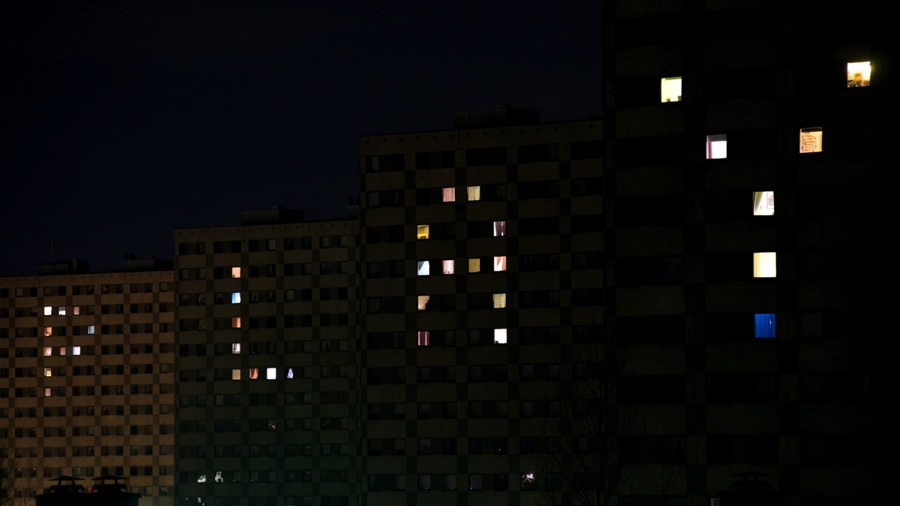The Disposable Film Festival turns five.
If you were the kind of kid who, when introduced to the concept of abstract art, would grab the fingerpaints and try to top Jackson Pollock’s “No. 11,” then chances are at some point you’ve harbored a desire to take on the movie industry with your own resources. After all, the tools are out there, within grasp of anyone with access to equipment as modest as a camera-phone or a web-cam. And just as the advent of the analog camcorder was hailed as a democratization of the cinematic art-form, so too can the current craze for digital gear be read not just as consumerist one-upmanship, but an earnest bid for creative parity.
Well, if it’s artistic inspiration you crave, and fingerpaints aren’t cutting it anymore, you need look no further than the Disposable Film Festival, which took place this past weekend, dedicated to screening the best of the no-budget brigade, for motivation. Lest the term “disposable” put you off, festival co-founder Carlton Evans is quick to amend: the technology is what’s considered disposable here, not the creative output.
Just five years old, the Disposable Film Festival emerged at just the right time to catch a wave of enthusiasm for ephemeral cinema that just keeps gaining momentum. Gone from selling out ATA to selling out the Castro Theatre, the festival attracts films and makers from all over the world, whose works span a wide range of genres and aesthetics. This year’s shorts program, gleaned from approximately 2000 submissions, included entries from seven countries, recorded on a variety of non-pro equipment: iphones, web-cams, DSLR’s. A seven-minute long French horror film. An animated short of Hunter S. Thompson. A cautionary tale about web-cam hacking. A love letter hitched to the trajectory of the Voyager spacecrafts. Another love story in the form of a mesmerizing short filmed with a split screen technique.
My favorites mostly turn out to be the one’s created with screen capture technology. There’s Elise The’s “Synchronize,” an expressionistic mash-up of clips from action films and rough animation comprising the colorful fantasy-world of a late night video clerk, and Fabrice Mathieu’s “Dans l’ombre,” a noir pastiche about a self-liberated shadow using images sampled from a long list of classic films including The City of Lost Children, Casablanca, Shadow of a Doubt, The Black Dahlia, and Ed Wood.
Also making use of screen captures, Andre Chocron’s music video “Time is of the Essence,” featuring Norwegian shoegazers Cold Mailman, unreels through a cityscape of apartment towers and after-hours office buildings. Darkened windows light up in time to the music in synchronized patterns of chord progressions, a pulsating graphic of a heartbeat, and giant “text messages” of the lyrics, as rushed timelapse footage of billowing night clouds, hovering UFO’s, and the setting moon keep the mood mysterious. This four-minute video took about four months to edit, and Chocron’s meticulous attention to detail shows. And on one hand, it does pose the question of what Chocron could do with a bigger budget and better equipment, but on the other hand, offers the answer that Chocron and his like-minded cohorts may never need to find out.
Many of the films in the festival have been collected here.

